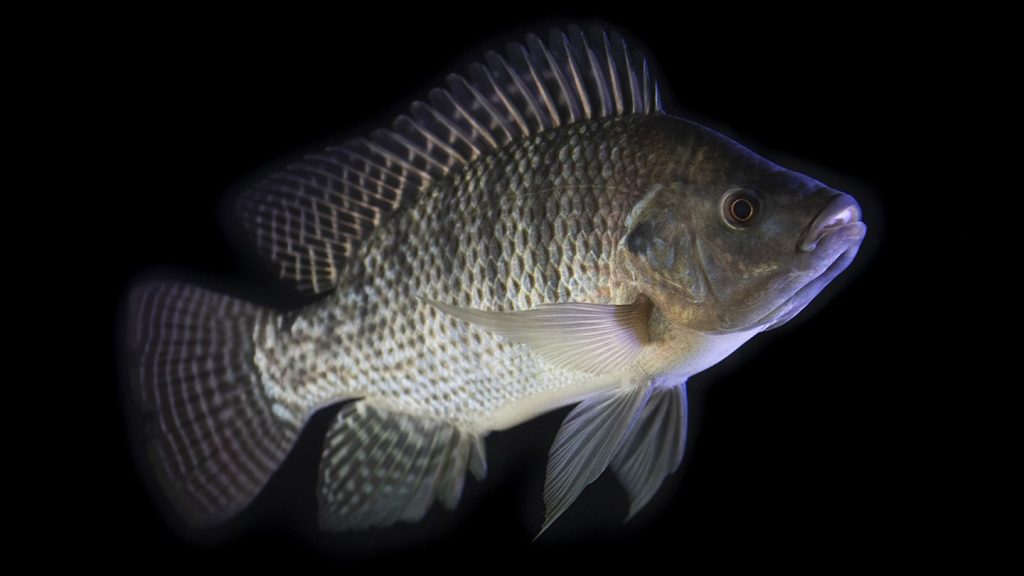Behavioral fever, a phenomenon observed across various ectothermic animals like reptiles, amphibians, and fish, involves actively seeking out warmer environments when infected with a pathogen. This behavior is not merely a passive consequence of illness but rather a sophisticated physiological response that enhances the body’s ability to fight infection. Nile tilapia, a commercially important fish species, exhibit this behavior, providing a valuable model for understanding the intricacies of fever and its evolutionary significance. Studies have shown that infected tilapia actively prefer water temperatures several degrees higher than their healthy counterparts, effectively inducing a fever-like state. This preference for warmer water directly correlates with increased survival rates, highlighting the adaptive benefits of behavioral fever.
The underlying mechanisms of behavioral fever in Nile tilapia involve complex interactions between the immune system and the nervous system. Upon infection, the fish’s immune system recognizes the pathogen and initiates a cascade of responses, including the release of signaling molecules called cytokines. These cytokines, such as interleukin-1β, are crucial mediators of inflammation and fever. They act on the central nervous system, specifically the hypothalamus, a region of the brain responsible for thermoregulation. The hypothalamus, in turn, orchestrates behavioral changes, prompting the fish to seek out warmer water. This targeted movement towards a warmer environment facilitates an increase in body temperature, mimicking the fever response observed in endotherms like mammals.
The elevated body temperature resulting from behavioral fever has several beneficial effects on the immune system. It enhances the activity of immune cells, such as lymphocytes and macrophages, which are crucial for eliminating pathogens. Higher temperatures increase the rate of phagocytosis, the process by which immune cells engulf and destroy invading microorganisms. Additionally, fever can inhibit the growth and replication of certain pathogens, creating a less hospitable environment for infection to flourish. The combination of these effects contributes to a more robust and effective immune response, ultimately increasing the chances of survival.
The evolutionary significance of behavioral fever in Nile tilapia becomes apparent when considering the long history of host-pathogen interactions. Fever, whether behavioral or physiological, is a highly conserved response found across a wide range of animal taxa, suggesting that it emerged early in evolutionary history. This conservation implies that fever provides a fundamental survival advantage in the face of infectious disease. The fact that tilapia, a relatively ancient fish species, exhibit this sophisticated behavioral adaptation reinforces the idea that fever has been a critical component of the immune system for millions of years. The ability to manipulate body temperature to combat infection likely played a crucial role in the survival and diversification of early vertebrates.
Further research into behavioral fever in Nile tilapia and other ectotherms can provide valuable insights into the evolution and function of fever in general. Studying the specific molecular mechanisms involved in the fever response, such as the interplay between cytokines, the nervous system, and thermoregulatory pathways, can enhance our understanding of how this complex physiological process operates. This knowledge can have broader implications for understanding fever in endotherms, including humans, and potentially lead to the development of novel therapeutic strategies for infectious diseases. By exploring the intricacies of behavioral fever in these simpler model organisms, we can gain a deeper appreciation for the remarkable adaptations that have evolved to protect animals from the constant threat of pathogens.
The study of behavioral fever in Nile tilapia not only sheds light on the evolutionary history of the immune system but also highlights the importance of understanding the ecological context of disease. Environmental factors, such as water temperature, play a crucial role in the ability of ectotherms to mount an effective immune response. Changes in environmental conditions, including climate change, can significantly impact the prevalence and severity of infectious diseases in these organisms. By understanding how ectotherms utilize behavioral mechanisms to regulate their body temperature and combat infection, we can better predict and mitigate the effects of environmental change on wildlife populations. Furthermore, this knowledge can inform aquaculture practices, improving the health and productivity of farmed fish like tilapia, a crucial source of protein for human consumption. The continued investigation of behavioral fever promises to unlock further secrets of the immune system and its interplay with the environment, ultimately contributing to a more comprehensive understanding of health and disease in both animals and humans.















